Reading List
The most recent articles from a list of feeds I subscribe to.
Interview: World of Warcraft: Midnight's Game Director Addresses Add-On Change Feedback
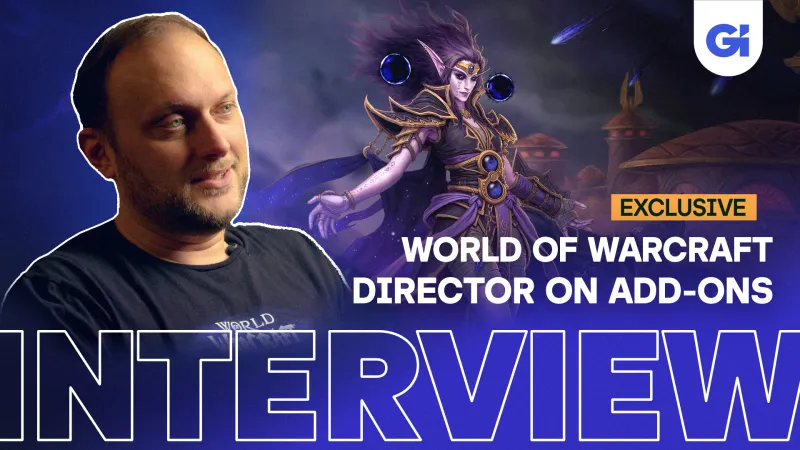
Following his blog post about the removal of certain add-ons in World of Warcraft: Midnight, I visited Blizzard's Irvine office to follow up with Ion Hazzikostas, Midnight's game director, to have him answer a few follow-up questions and to address player feedback about the upcoming changes.
Watch The Interview:
Ghost OF Yōtei Patch Adds New Game Plus And More Next Week
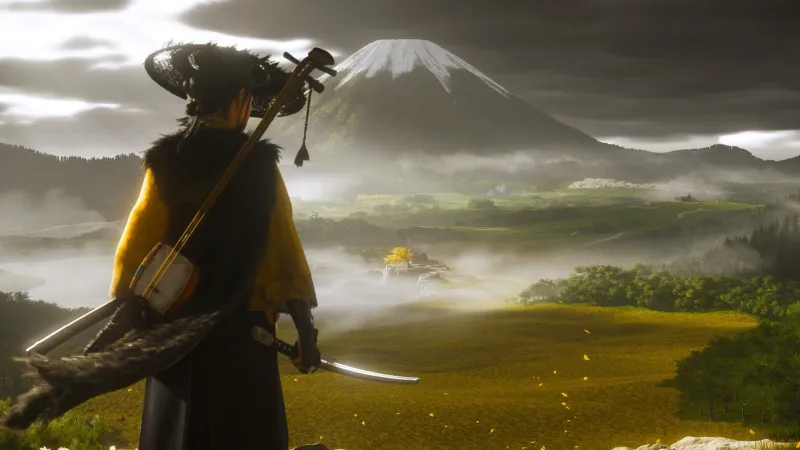
Developer Sucker Punch is releasing a new patch for Ghost of Yōtei that will add New Game+. The patch (ver 1.100.000) goes live on November 24.
New Game+ will become available after completing the main campaign and will allow people to bring their weapons, armor, and abilities into a new playthrough. New Game+ also introduces new, harder difficulty options and two new Trophies.
The update also adds a new currency called Ghost Flowers, used to exchange for over 30 new cosmetics (including armor sets and weapon dyes) and 10 new charms. Ghost Flowers will be traded with a new vendor. Additionally, players can earn an additional tier of upgrades for existing weapons and armor sets.
Additionally, the patch will add the ability to replay main story content during the post-game with new stat displays. New accessibility options are also coming, such as directional button remapping. Photo Mode will receive new features such as shutter speed, a composition grid, and more filters.
For more on Ghost of Yōtei, you can check out the nominations it has for The Game Awards 2025, this opinion piece criticizing the game's approach to puzzle-solving, and our interview with the game's co-director and lead writer discussing the game's narrative and future.
Mega Zeraora Revealed For Pokémon Legends: Z-A's Mega Dimension DLC
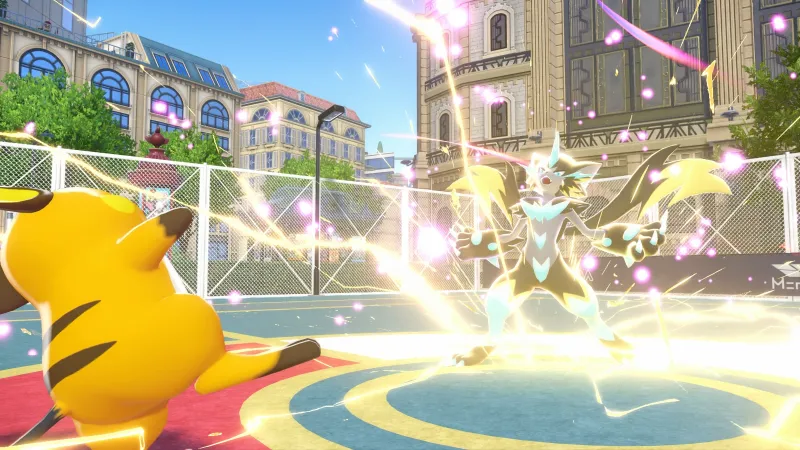
Pokémon Legends: Z-A has another new Mega Evolution on the way in the form of Mega Zeraora. This evolved form of the Gen 7 mythical monster will be included in the game’s upcoming Mega Dimension DLC.
Check out Mega Zeraora in action in a new trailer, as well as its official description and stats:
The electric energy it stores in its body is equivalent to ten bolts of lightning. Protrusions on its forehead, chest, back, and the backs of its hands are where the electric energy is particularly concentrated. The protrusions steadily emit a pale blue light.
Category: Thunderclap Pokémon
Type: Electric
Height: 4'11" (1.5 m)
Weight: 98.1 lbs. (44.5 kg)
Mega Dimension is a paid expansion for Z-A and centers on players exploring the mysterious Hyperspace Lumiose dimension, which is home to new Mega-Evolved Pokémon. Mega Dimension is launching on December 10 for the Switch 2 and Switch editions of Z-A for $29.99.
In the meantime, be sure to check out our review of Pokémon Legends: Z-A.
Megabonk Developer Withdraws From The Game Awards
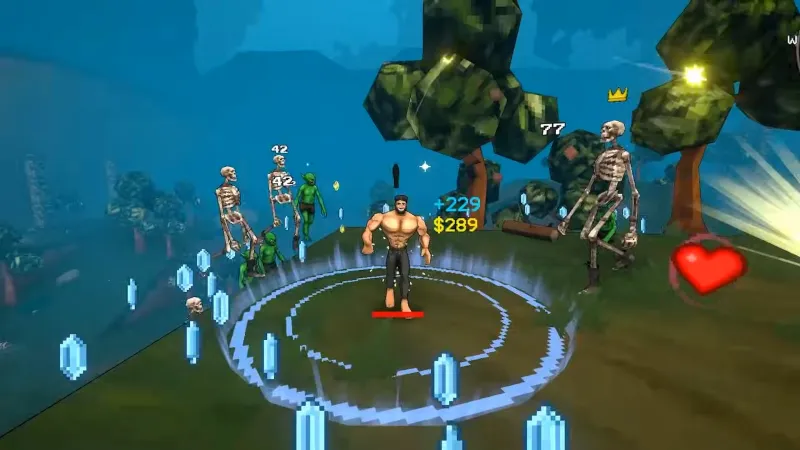
Megabonk is one of 2025's breakout indie titles, so much so that it earned itself a nomination for Best Debut Indie for this year’s Game Awards. However, the game’s solo developer has announced he will withdraw from the awards show.
Developer Vedinad explained on social media yesterday that he’s worked on other games under different studio names, which disqualifies him for the Best Debut Indie nomination. You can read his full message below.
I'm withdrawing from The Game Awards.
It's an honor and a dream for Megabonk to be nominated for TGA, but unfortunately i don't think it qualifies for the category "Debut Indie Game"
I've made games in the past under different studio names, so Megabonk is not my debut game
The Game Awards organizer and host Geoff Keighley acknowledged Vedinad's clarification on social media, and Megabonk has been officially removed from the running. It has not been replaced with a new nominee, so Best Debut Indie is now a four-way race between Blue Prince, Clair Obscur: Expedition 33, Despelote, and Dispatch.
Megabonk was released on PC on September 18 and is a 3D action roguelike heavily inspired by Vampire Survivors. The game has become a viral hit, garnering positive reviews from critics and a “Very Positive” Steam user rating.
For more on The Game Awards 2025, you can read the full (and updated) list of nominees here.
Yuji Horii On Making Dragon Quest Games: 'I Do Think I Will Work On It Until I Die'
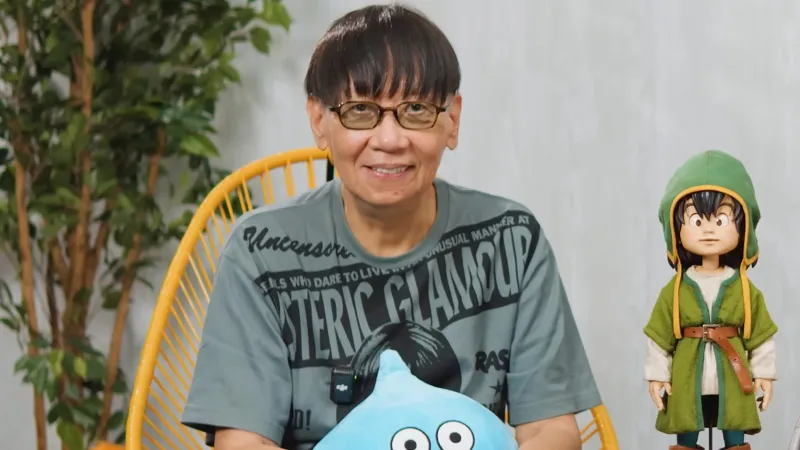
Dragon Quest VII Reimagined is gracing the latest cover of Game Informer, and it's somehow the very first time a Dragon Quest game has done that. Because of the momentous occasion, we spoke to Dragon Quest series creator Yuji Horii, who still works closely on the franchise, about the mainline series' history. You can read my full deep dive into that very history here, but I mention all this because Horii is 71 years old.
By now, many developers have retired or at least stepped back to produce or consult on games in the series they're closely attached to. But Horii is still deeply involved in the creation of each new mainline Dragon Quest, including the in-development Dragon Quest XII: The Flames of Fate. I close out my 90-minute interview with Horii by trying to politely ask why he's still working on Dragon Quest to this day. I mention that fellow Japanese game developer with a perhaps similar level of stature in the industry Hideo Kojima, who directed this year's Death Stranding 2: On The Beach, recently stated he's going to develop games until he dies; he apparently even has a USB stick with game ideas for his team to use following his death one day, as reported by VideoGamesChronicle.
 Dragon Quest creator Yuji Horii signing a copy of Dragon Quest VII: Fragments of a Forgotten Past on Nintendo 3DS
Dragon Quest creator Yuji Horii signing a copy of Dragon Quest VII: Fragments of a Forgotten Past on Nintendo 3DS
I ask Horii if he feels the same about game development and why he continues to make Dragon Quest games. Here's what he said:
"You know, in recent years, there's been increasingly more areas where I rely on other members to work on parts of the Dragon Quest titles," he tells me. "But I would still like to keep myself involved to oversee everything. I do consider Dragon Quest to be my child. I just really love it, and in that sense, I do think I will work on it until I die.
"I think the next goal for me is to witness the 50th Anniversary [2036]."
I hope he does witness that anniversary.
Dragon Quest VII Reimagined launches on February 5 on PlayStation 5, Xbox Series X/S, Switch 2, Switch, and PC.
While waiting for its launch, check out this article breaking down everything in the Dragon Quest VII Reimagined issue of Game Informer, and be sure to subscribe here if you haven't yet to access the Dragon Quest VII Reimagined cover story, our deep dive into Dragon Quest history with creator Yuji Horii, and so much more. Here are some other stories to check out:
- Dragon Quest VII Reimagined Will Have A New Never-Before-Seen Conclusion
- Who Is Takeshi Ichikawa, The Producer Of Dragon Quest VII Reimagined?
- Here's How The Dragon Quest VII Reimagined Team Streamlined Its Main Scenario
- How The New Voice Over Affected Dragon Quest VII Reimagined
- Breaking Down The Party Members Of Dragon Quest VII Reimagined
What's your favorite Dragon Quest game? Let us know in the comments below!